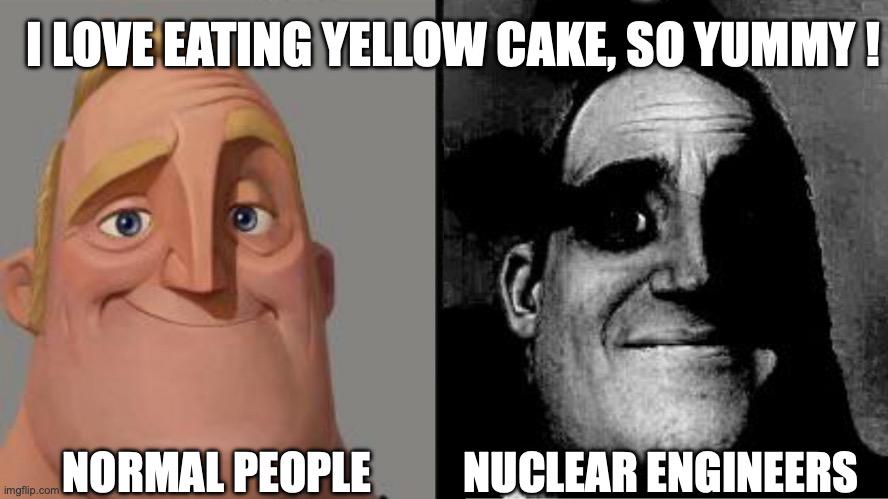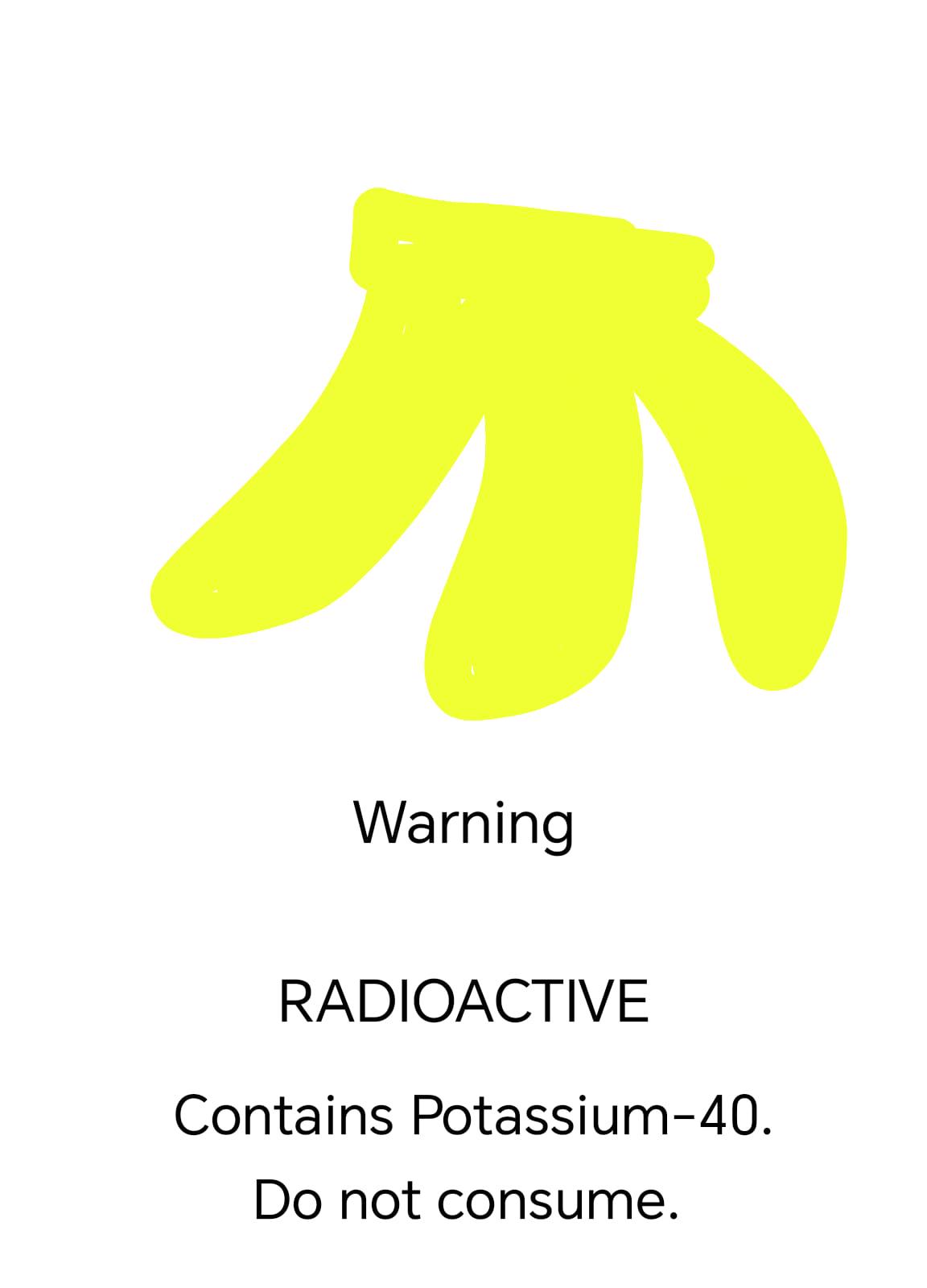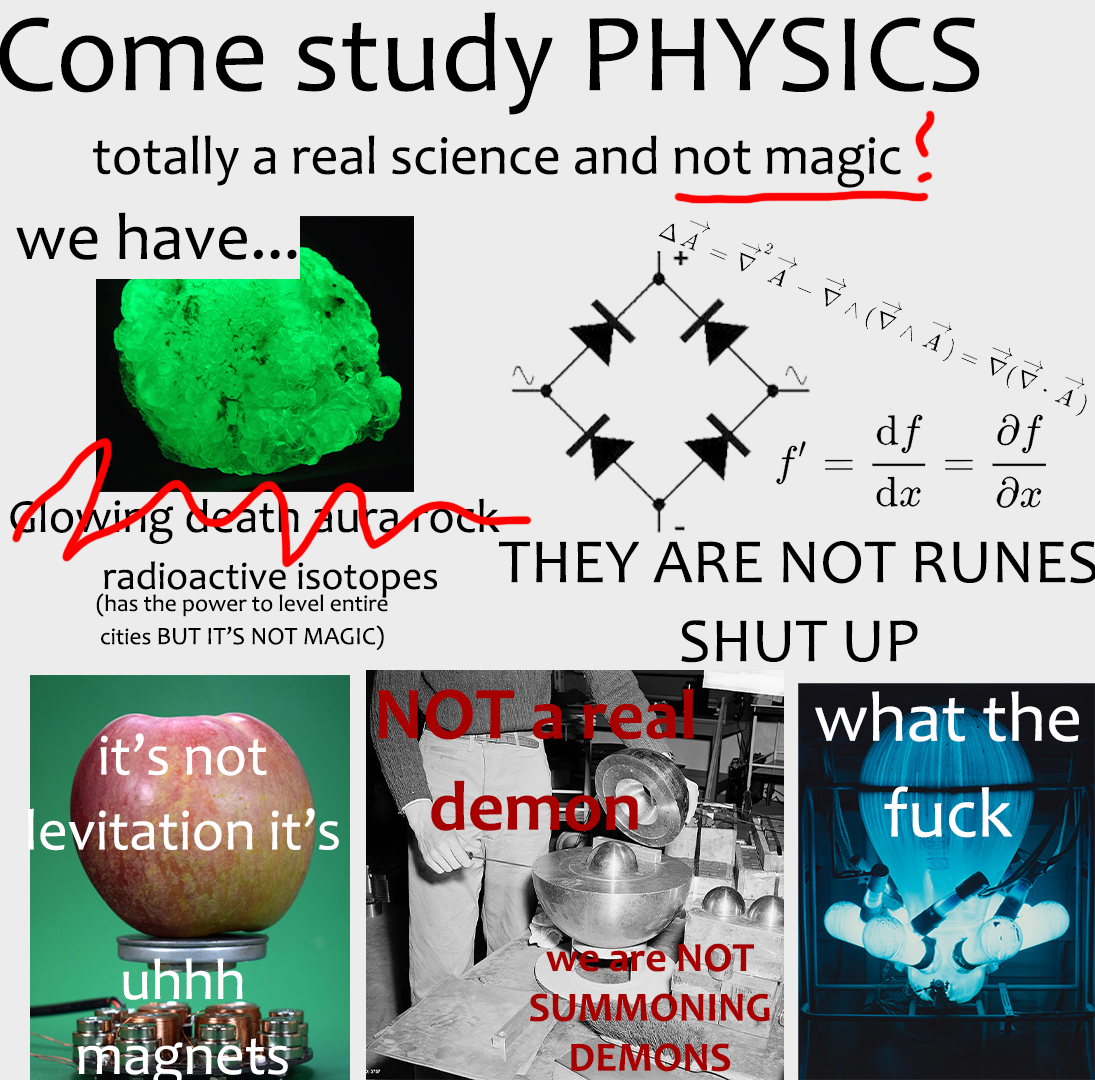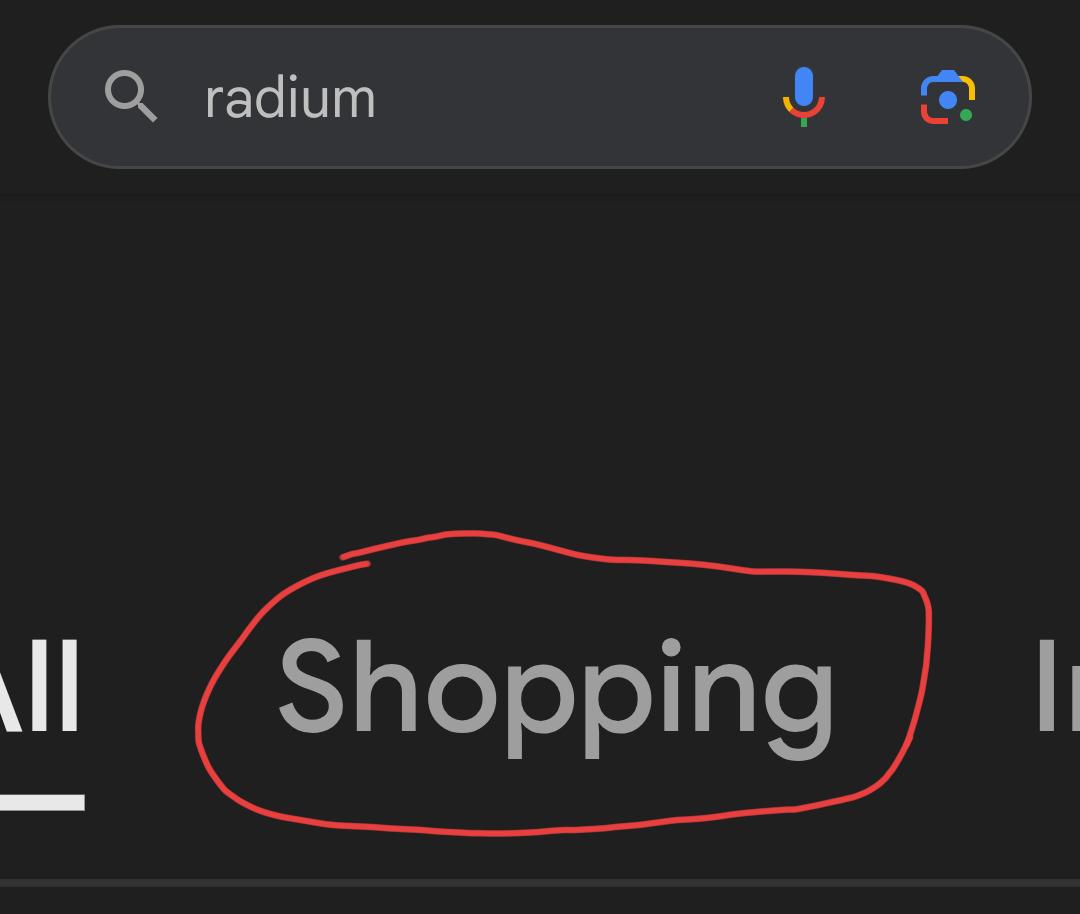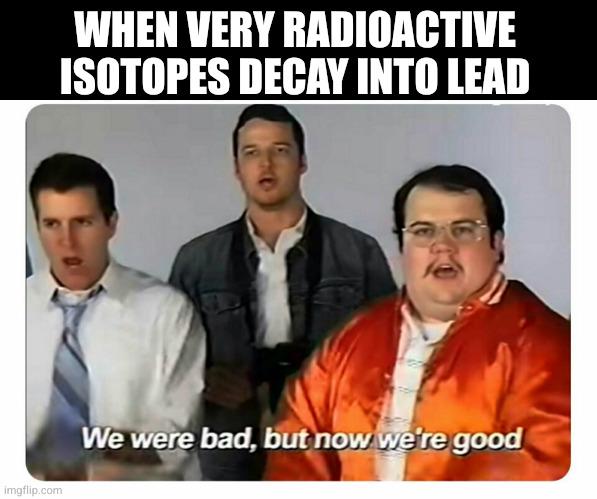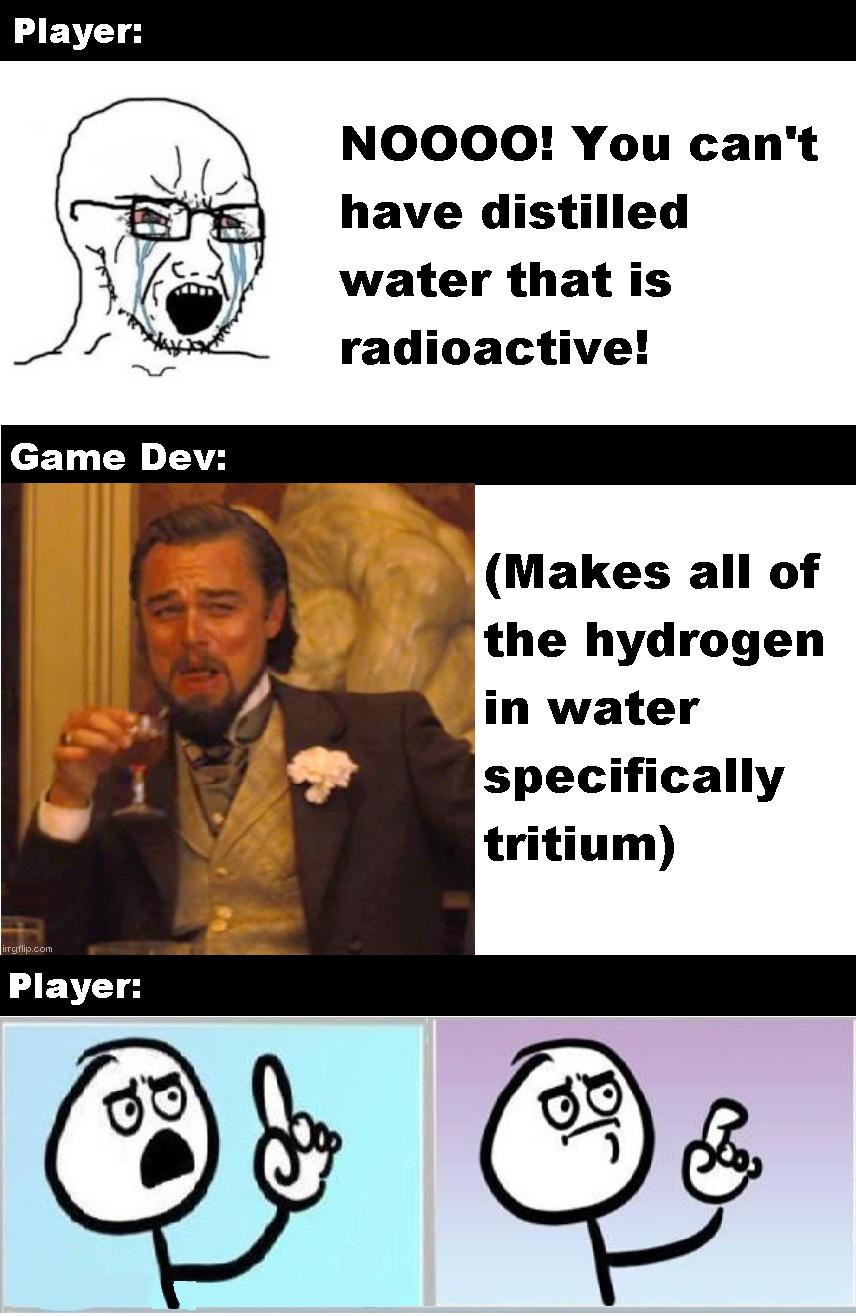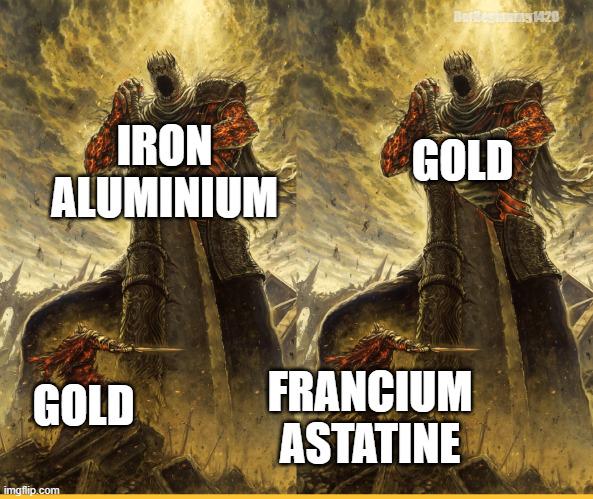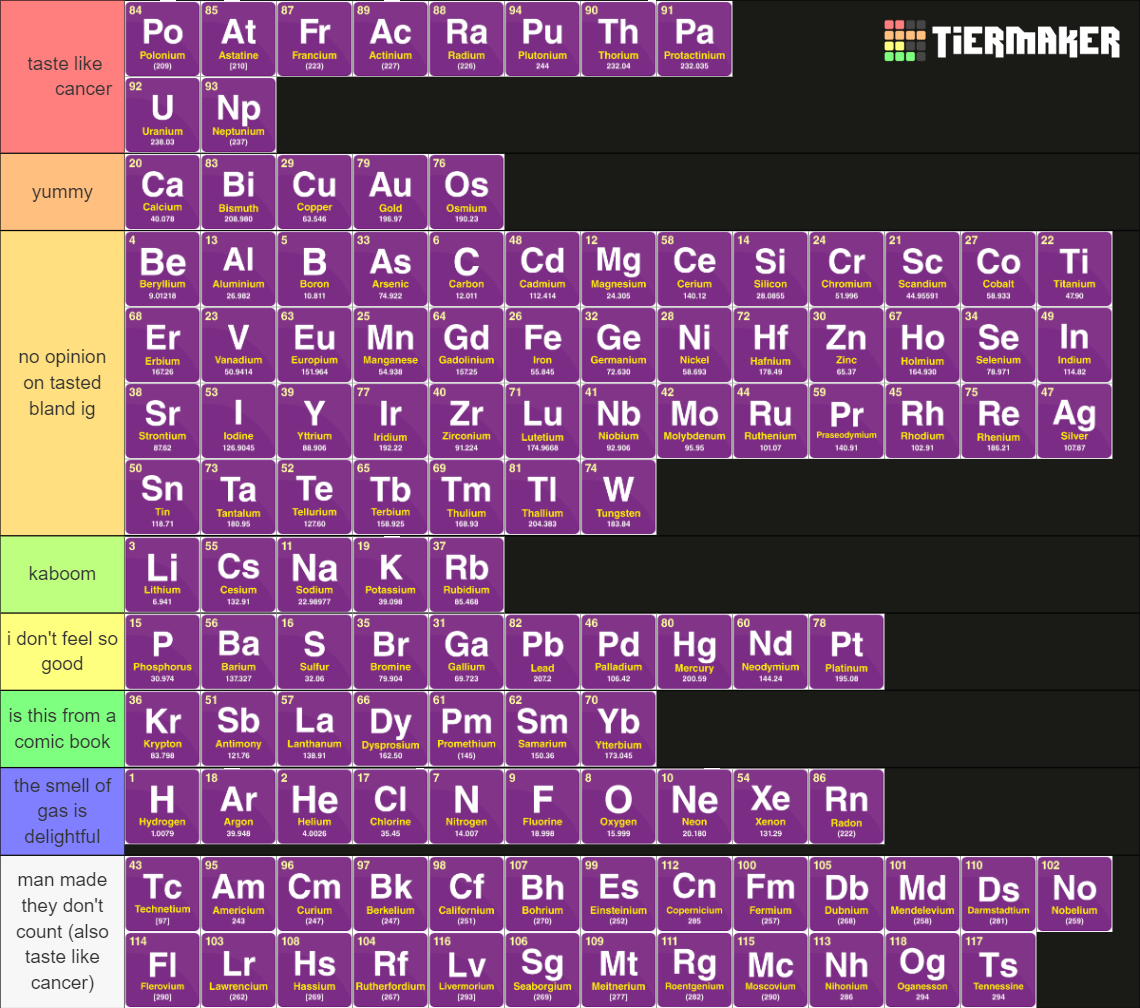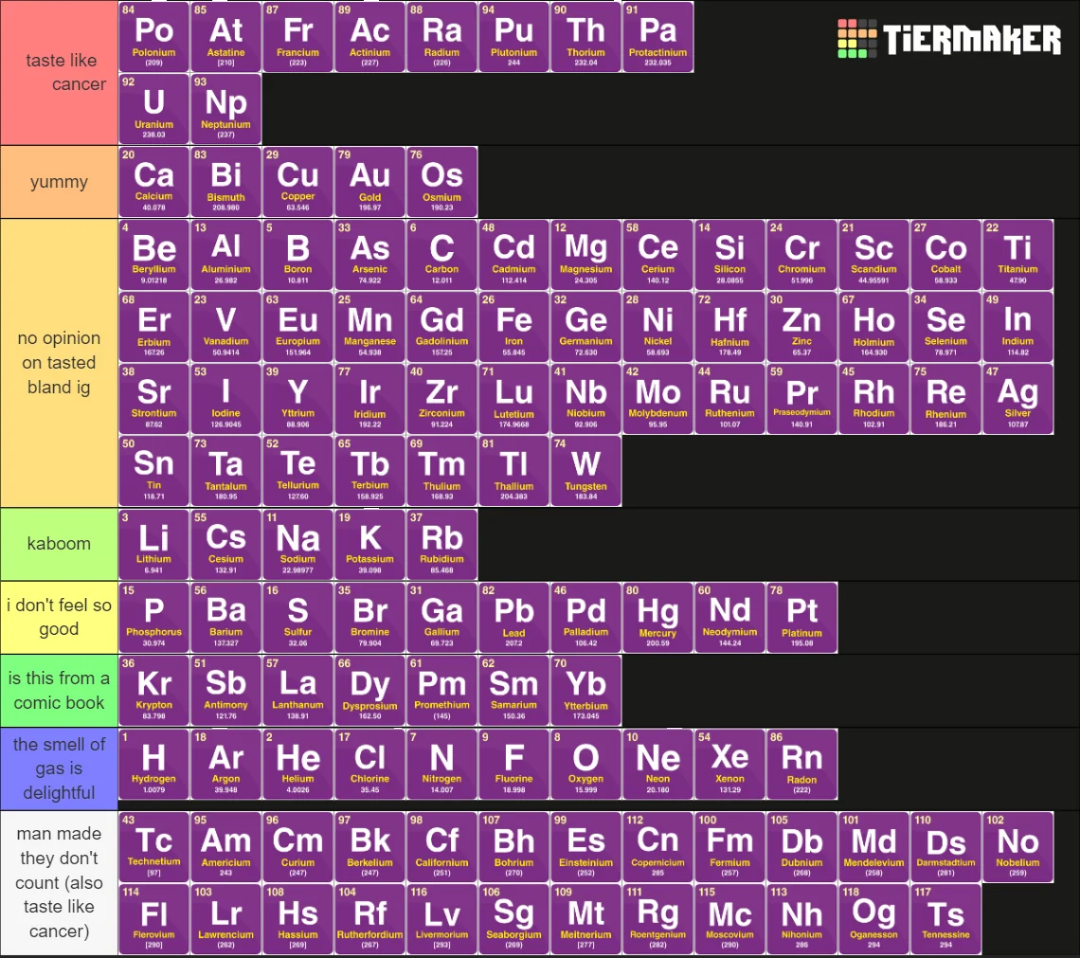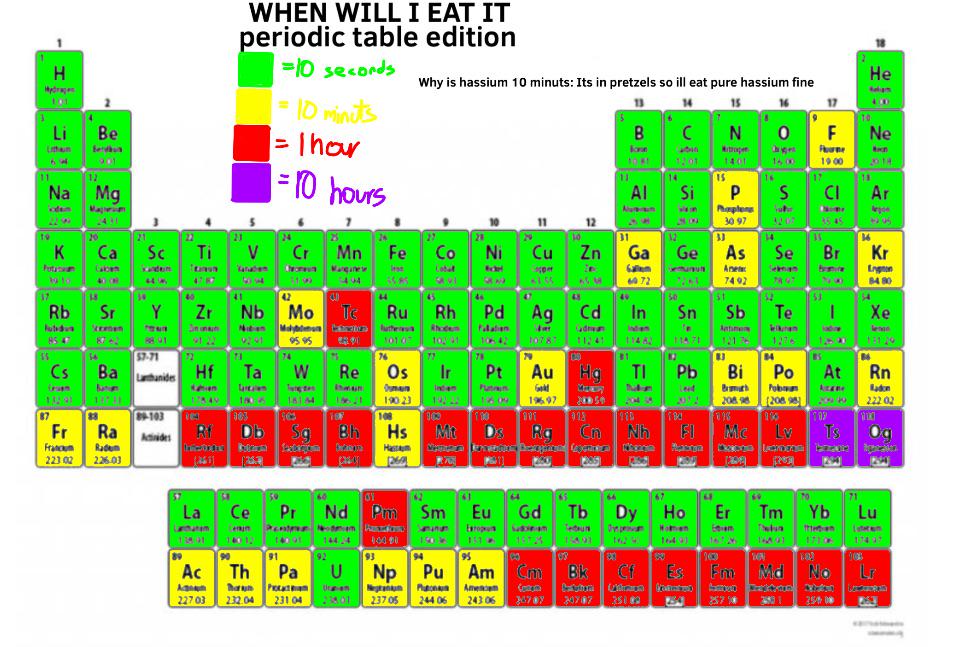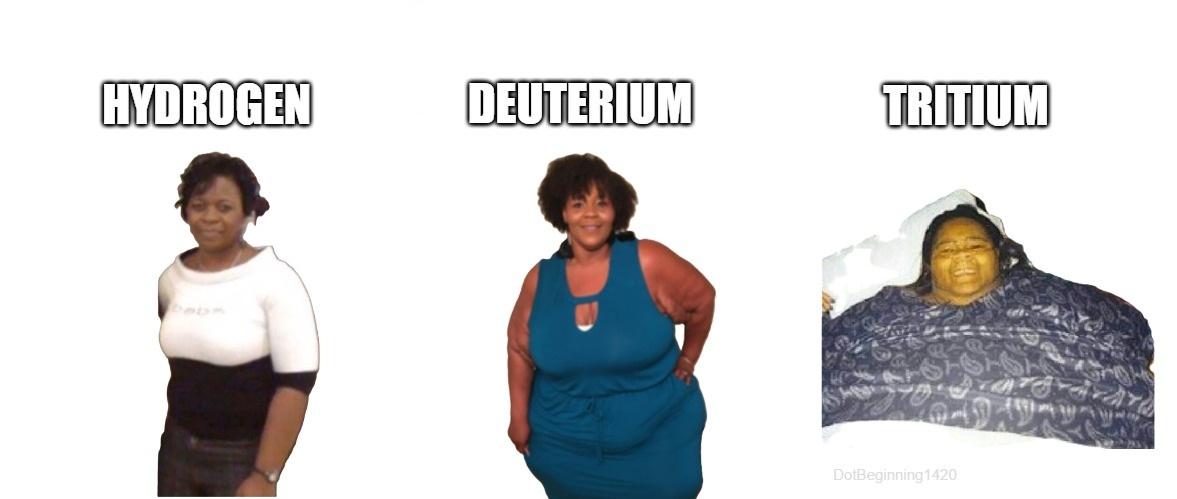Physics departments desperately trying to convince prospective students they're not just wizards with calculators. Sure, we have radioactive rocks that could level cities, floating apples on magnets, circuit diagrams that look suspiciously like summoning circles, and mathematical symbols that might as well be ancient hieroglyphics—but it's all perfectly scientific. The defensive "SHUT UP" really sells the whole "we're not practicing arcane arts" vibe. Next they'll tell us the blue glow from Cherenkov radiation isn't actually a soul-capturing device.


 Academia
Academia
 Ai
Ai
 Astronomy
Astronomy
 Biology
Biology
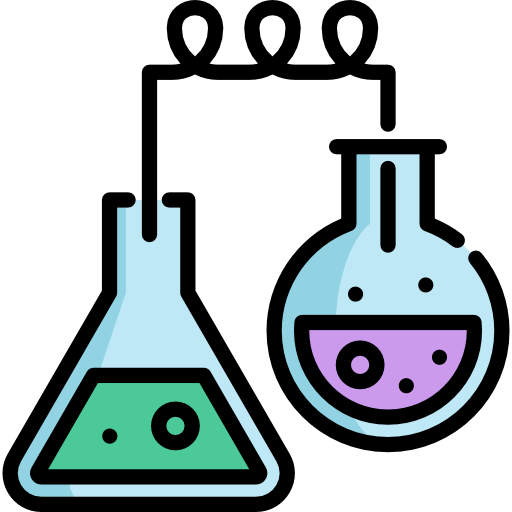 Chemistry
Chemistry
 Climate
Climate
 Conspiracy
Conspiracy
 Earth-science
Earth-science
 Engineering
Engineering
 Evolution
Evolution
 Geology
Geology
